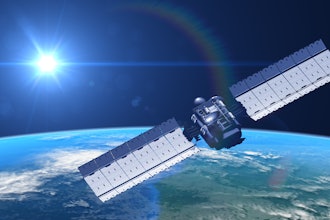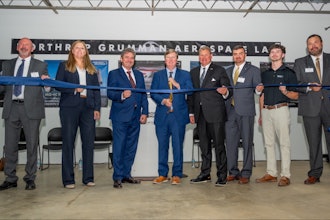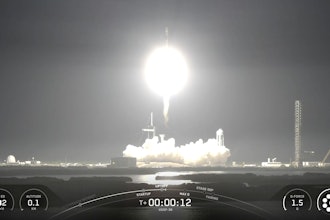The future of the flying car remains suspect. We have seen some interesting concepts and prototypes, and as some companies start taking pre-orders, it's about time for researchers to come out and trash the idea (or at least make expectations a little more realistic).
Researchers from the University of Michigan's Center for Sustainable Systems and Ford Motor Co. recently published an environmental impact study that determined that you are better off in a car for a short commute, but a flying car could be a better choice for longer commutes. For the sake of the study, researchers specifically looked at VTOLs, or electric vertical takeoff and landing aircraft.
The report looks at primary energy and greenhouse gas emissions of VTOLs compared to ground-based cars. VTOLs, which take off and land like a helicopter and then fly like a plane, are efficient when cruising but consume a lot of energy for takeoff and climb.
So, it all comes down to trip distance and whether or not you are carpooling.
The researchers analyzed primary energy use and greenhouse gas emissions during the five phases of VTOL flight: takeoff hover, climb, cruise, descent and landing hover. These aircraft use a lot of energy during takeoff and climb but are relatively efficient during the cruise phase, traveling at 150 miles per hour.
As a result, VTOLs are most energy efficient on long trips, when the cruise phase dominates the total flight miles.
The researchers found that for trips of 62 miles (or 100 kilometers) a VTOL carrying a pilot and three passengers had lower greenhouse gas emissions than ground-based cars. Emissions were 52 percent lower than gas vehicles and even six percent lower than battery-electric vehicles.
For shorter trips — anything less than 22 miles — vehicles used less energy and produce fewer greenhouse gas emissions than VTOLs. That's important when you consider that the average ground-based vehicle commute is only about 11 miles.
Of course, the VTOL would be much faster, completing the 62-mile trip about 80 percent faster than a car, but who knows if that will be the case once the sky is just is congested and people still have yet to stop texting and driving.






















